The area available must be taken into account before creating a garden. It ought to be big enough to hold everything that is required.
What exactly are Terrace Gardens?
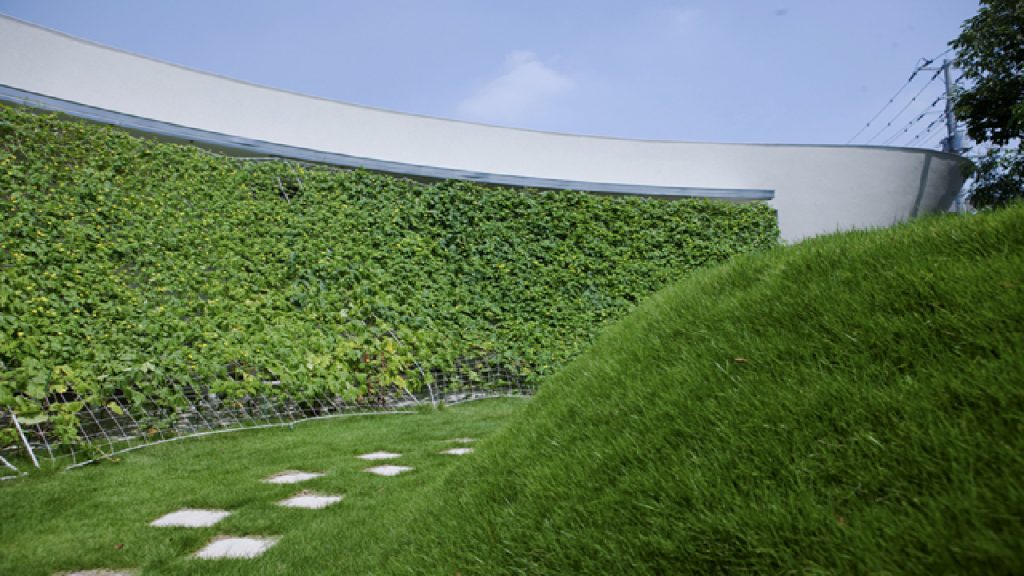
Any kind of garden atop a roof is referred to as a “terrace garden.” It can be utilised as a greenhouse, a vegetable garden, a flower bed, or even a swimming pool, among other things!
Terrace Garden Materials and Design
A rooftop garden only requires a few basic materials. You can grow anything you want as long as it has a roof!
One of the most common materials for terrace gardening is terracotta pots. They come in a variety of shapes, sizes, colours, and fashions.
Pottery is perfect for outdoor use because it is strong and waterproof. There are pots of excellent quality available.
Terracotta pot designs come in a wide variety, including planters, urns, vases, baskets, and flowerpots.
Another form of terracotta pot used for gardening is planter boxes.
They are often painted white and fashioned of clay.
For planting flowers and vegetables, many people like terra cotta pots over plastic containers.
Although plastic containers are inexpensive, they are not durable. Pots made of terra cotta have a long lifespan.
Use a terracotta pot rather of a plastic container if you’re seeking for a fresh terrace garden concept.
What you need to know about picking the ideal terrace garden design and material is provided below.
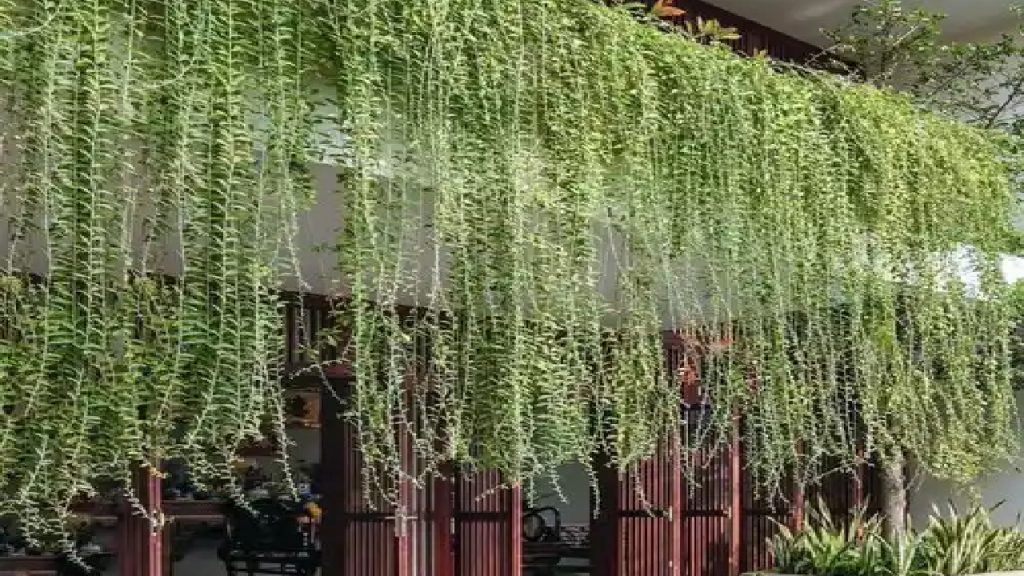
Choose the Proper Pot Size
The majority of terrace garden designers advise using big pots for plants and little pots for flowers and herbs.
It is simpler to water and maintain a large pot. Less upkeep is necessary with smaller pots.
Make sure the terrace garden you purchase includes drainage holes.
Examine the Content
Choose a terracotta pot that suits your preferences and style.
While some terracotta pots are composed of glazed porcelain, others are made of ceramic.
Ceramic pots are less expensive than porcelain pots, however porcelain pots are more heat and wear resistant.
Take Color into Consideration
The design of a terrace garden depends heavily on colour.
While colourful pots bring colour to your terrace garden, white pots are typically thought of as classic.
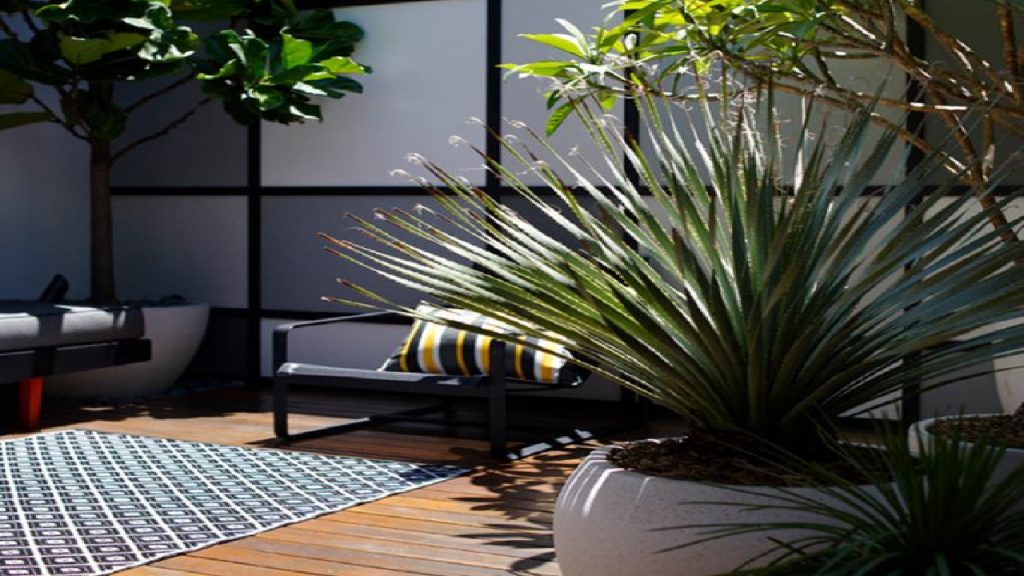
Choose the Ideal Location
Choose a location for your terrace garden that receives full sunlight throughout the day, wherever you decide to put it.
Ideas for Little Terrace Gardens
The garden should be planned to offer cover from the sun and shade. Also, it ought to have a spot where you can unwind, sip some tea or coffee, and see some greenery.
Although turning a small space into an ideal environment can seem like an impossible endeavour, there are various strategies to do so.
Here are some ideas for designing a fantastic outdoor area.
Choose plants that go well together.
Together-growing plants are simpler to maintain.
For instance, a tall, slender plant like lavender might look good next to a plant with lots of leaves like mint or basil.
Plants that require different types of soil, like tomatoes and strawberries, do not grow well together.
Use containers
You can select the type of plants you want to use in containers. They are also simple to move, which makes it simple to alter your garden’s layout.
Choose containers for your plants that are the right size for them. For plants with big roots, for instance, larger pots are required.
For plants that need space to grow, use taller pots.
Add height
Your garden gains a vertical character from tall plants.
This facilitates viewing and enjoying your garden.
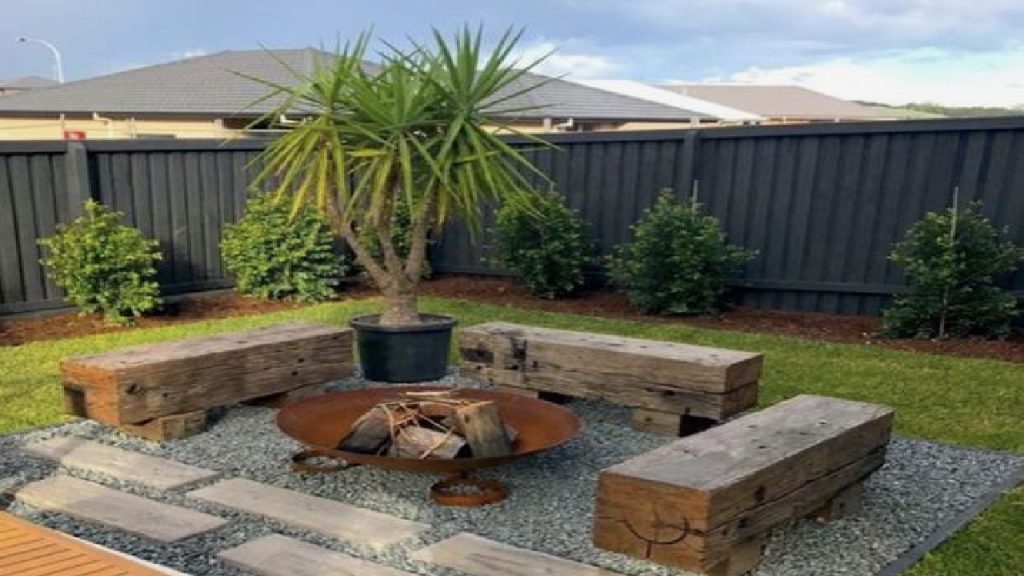
Establish a focal point
A focal point provides your garden direction and aids guests in navigating it.
First, consider where you want them to pause. This might be a flowerbed, a bench, or a table.
Ensure that everything functions properly
Consider the hues, textures, and shapes of your plants while planning your garden.
Make certain that the colours contrast and match. Compared to a delicate pink leaf, a bright yellow bloom, for instance, looks nicer next to a dark green one.
Keep the weather in mind
What kinds of plants flourish in your garden will depend on the climate in your area.
If you are in a region with harsh cold or heat, think about growing hardy plants instead of tender ones.
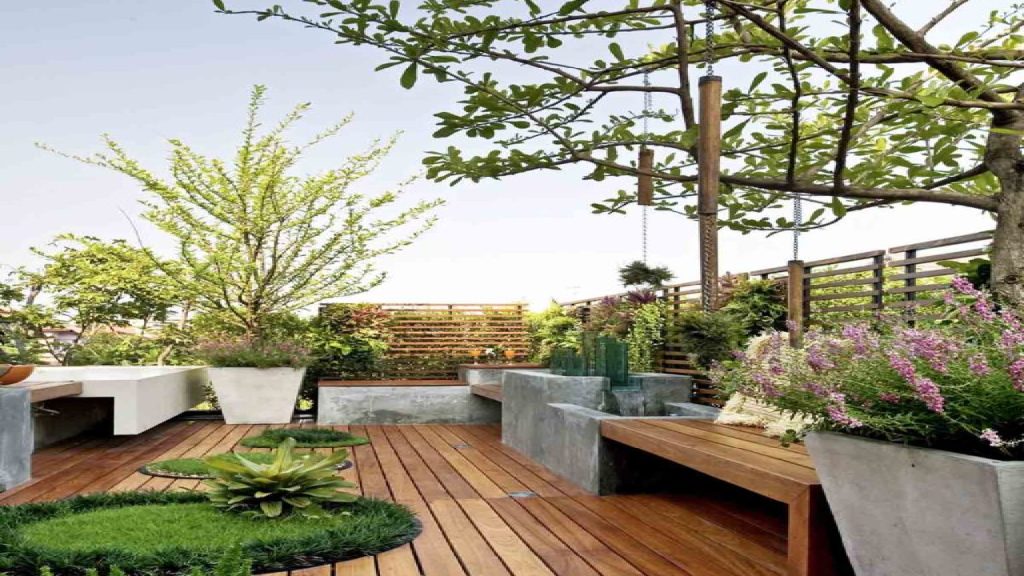
Consider maintenance
What method of plant care is the simplest?
Is it watering twice day or once a week? Do you mulch monthly or only once per season?
Remember the ground
It isn’t just for plant growth. Make sure the ground is prepped if you intend to install a patio or deck.
To make a stable surface, add gravel or sand. Following that, spread landscaping cloth to stop weeds from taking over.
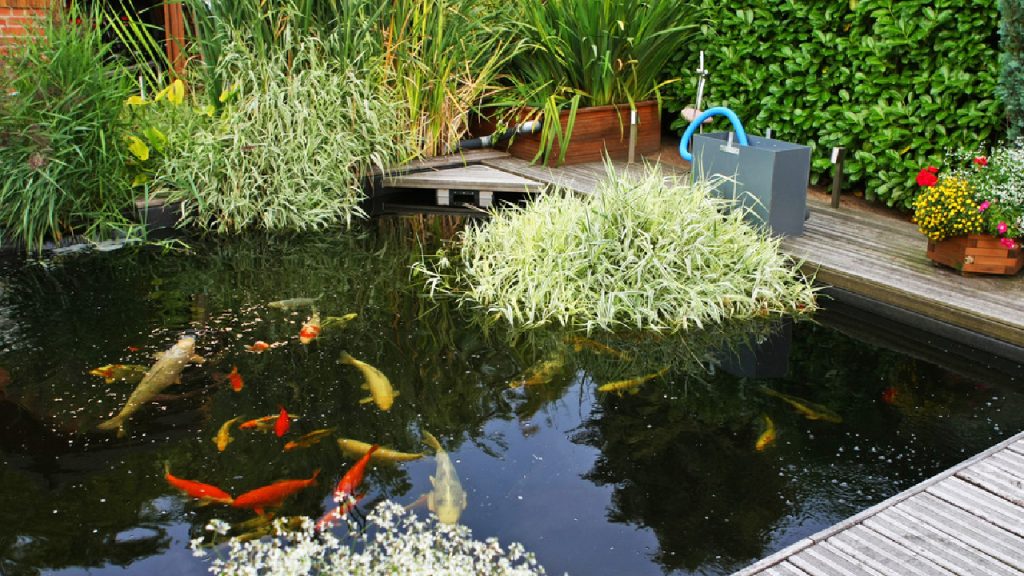
Use creativity
You are not required to use conventional designs. There are numerous options available.
Think of including a trellis, a fountain, or a rock wall.
Start out
Get outside and start planting now that you have some motivation.
Getting your landscape to appear precisely way you want it may take some time, but it will be worthwhile in the end.
A wonderful alternative is a raised bed
Growing vegetable plants in raised beds is a fantastic way to maximise space. Without having a sizable area of ground, you can produce taller crops like tomatoes and peppers. Water runoff maintains the soil’s moisture, and they act as a natural insect barrier.
Vegetables, fragrant flowers, herbs, fruits, and berries thrive wonderfully in raised beds. They work well for growing a variety of plants and food indoors as well.
A raised bed is a container with a height of at least 6 inches above the soil it contains. You place the seeds in the soil-filled container, water them, and then wait until the plants are large enough to be transplanted into larger pots.

Why are raised beds used?
You can more easily access the produce you’ve planted thanks to raised beds.
Crops can be harvested earlier using raised beds than with conventional gardening techniques.
Elevated gardens are safer for young children and animals since they are less likely to flood.
How can I build a raised bed myself?
- Look for a solid piece of wood.
- Create holes along the board’s edge.
- To fit through the holes that were drilled, cut two sections of wire.
- To make a frame, tie the wires together.
- Put potting soil inside the frame.
- Sow seeds in the ground.
- Every day, give the plants water.
- Don’t transplant plants into larger containers until they are big enough.
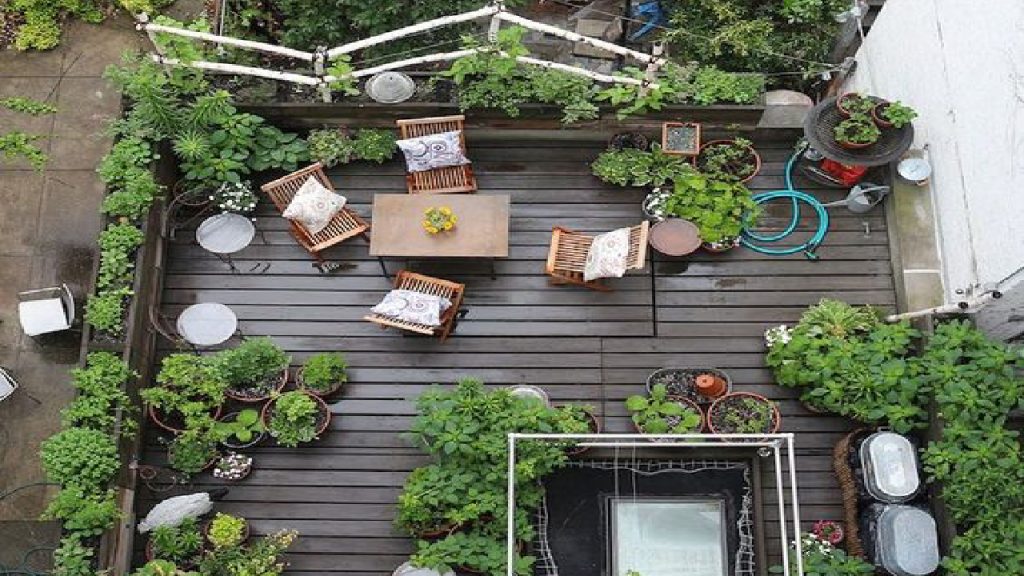
What more should you learn about raised beds?
- A raised bed need not be constructed of wood. Concrete, plastic, metal, or any other material with drainage holes can be used to create it.
- The type of plants you intend to cultivate will determine the height of the raised bed. As an illustration, tomatoes typically need a higher bed than lettuce.
- Think about whether you want to grow biennials, perennials, or annuals when selecting plants. Perennial plants have a two-season lifespan compared to annual plants’ one. Biennials have a two-season life.
- Raised beds come in a wide range of varieties. Some don’t have built-in frames, while some do.
- Trees cannot be grown in raised garden beds.
The furnishings must look good together.
It’s crucial to get furniture that complements the interior of the home. For instance, a modern sofa fits perfectly in a home with a modern design. On the other hand, a rustic couch might be a better option if your decor is more rustic. You might also consider other things, such as a garden fountain or a tucked-away bird bath.
One of the most crucial components of your house is the furniture. As you spend a lot of time there, you should ensure that it is both comfortable and attractive.
How about the outside furnishings, though? How do you make sure that it fits along with everything else?
Here are some ideas to think about
Choose furniture that complements the style of the home
Consider how the outdoor furniture will blend with the area’s general design when making your selection.
For instance, if your patio is big, avoid picking a little table. A huge table won’t fit in a room that is smaller.
In a similar vein, avoid utilising a coffee table when dining on a patio. Choose a sideboard or buffet instead.
Speak with your designer if you’re unclear of the space’s dimensions. They can advise you on whether a particular piece would look good in the space.
Selecting outdoor furniture should take functionality into account.
It’s not simply for sitting on outdoor chairs. You can eat there, drink there, read there, and relax there.
So, keep each item’s utility in mind as you select parts. For instance, you might wish to get a table with an integrated umbrella if you intend to eat outside.
Similarly, if you intend to read books while unwinding, you should probably consider buying an ottoman.
Establish balance by coordinating colours
Another important factor to take into account when choosing outdoor furniture is colour.
Consider the colours that were employed in the entire house. Can I see these hues outside?
If not, you might want to steer clear of coordinating your furnishings with the home.
Choose for colour coordination instead. This indicates that the elegant furniture blends in with the rest of the decor.
Check to see that it looks good from all sides.
The requirement that it be exposed to the weather distinguishes outdoor furniture from inside furniture.
This calls for it to be resistant to wind, rain, snow, heat, and cold. Thus, you will require outdoor furniture.
You must think carefully about its durability if you want to accomplish this.
Search for furniture composed of materials like wicker, teak, aluminium, and steel. These materials are dependable and strong.
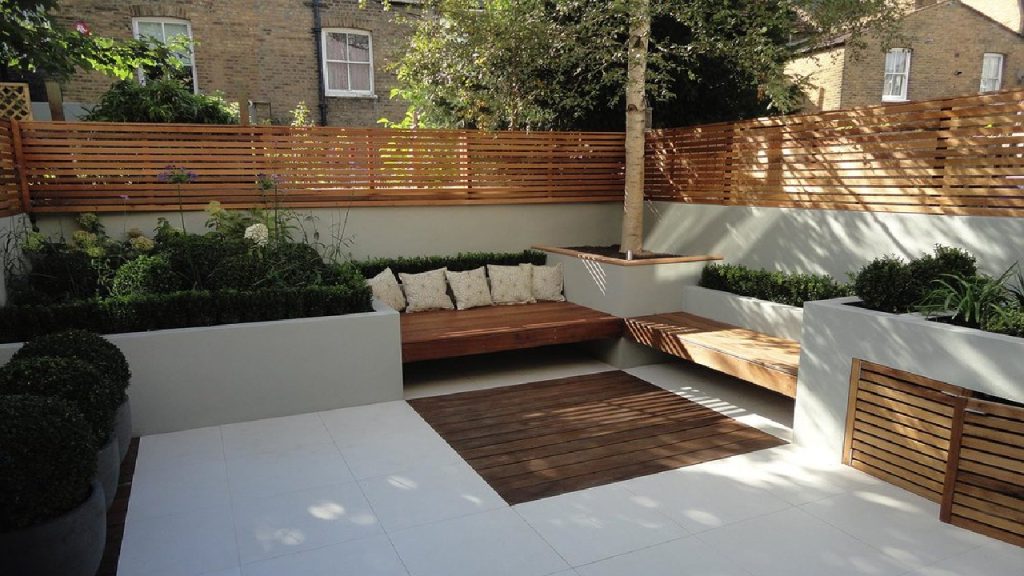
Know any possible problems before making a purchase
Do your research on any potential problems before buying any outdoor furniture.
For instance, you should be aware of whether the furniture is UV resistant, weatherproof, or waterproof.
Also, you should ascertain whether the furniture is kid- and pet-friendly.
Keep up with maintenance
Finally, keep in mind to properly maintain your outdoor furniture. Choose furnishings that will be shielded from the sun and heavy rain.
It needs to be cleaned frequently and treated with maintenance solutions to fend against the weather.
Choose your colour scheme.
Making a colour choice for your terrace garden might be challenging. You want something that is attractive but not overpowering.
Here are some suggestions for selecting colours:
Choose for a neutral background colour
Your design is built on top of this. The colour pallet of neutrals consists of white, cream, grey, tan, and brown. These subdued hues offer a blank slate for the addition of interest.
Make use of contrasting hues
Color contrasts provide excitement and interest to a scene. They are expressive and add colour.
Establish balance
The repetition of similar colours creates balance. A sense of harmony can be achieved, for instance, by utilising 2-3 different hues of blue or 2-3 different colours of green.
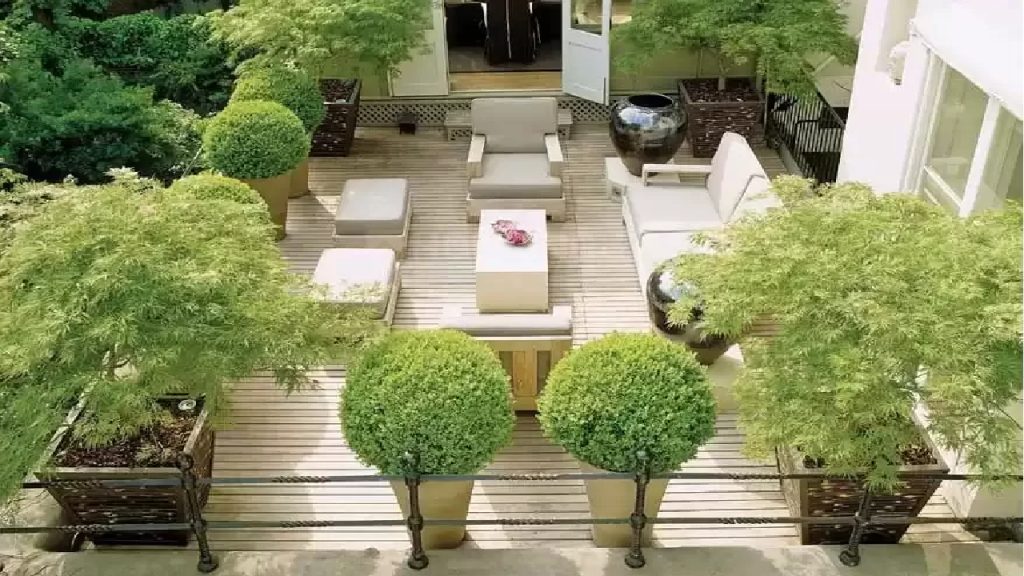
Think about scale
Tiny plants may give a room depth and character. A tiny space can become overrun by larger ones.
Utilize vegetation that complements your style.
Rich reds, greens, and purple plants may be found in a formal garden. Bright yellows and oranges could be included in a casual garden.
Include seasonal blossoms
Planting annuals is best done in the spring and summer. Perennials thrive in the autumn and winter.
Be imaginative
A terrace garden can be designed in any way. Simply think creatively.
Up the ante with lighting
One of the most crucial components of any outdoor area is lighting. You can use it to enjoy your garden at night and to set the tone and atmosphere. There are a huge variety of lights available, however they all have a same purpose, that is to light up your garden.
Garden lighting may significantly alter how your outside space looks.
Your landscape can look more dramatic and welcoming with the addition of lighting.
Consider installing lighting to your terrace garden if you want to brighten up your outside space.
What you need to know about terrace garden lighting alternatives is provided here.
Garden lighting may significantly alter how your outside space looks.
Your landscape can look more dramatic and welcoming with the addition of lighting.
Consider installing lighting to your terrace garden if you want to brighten up your outside space.
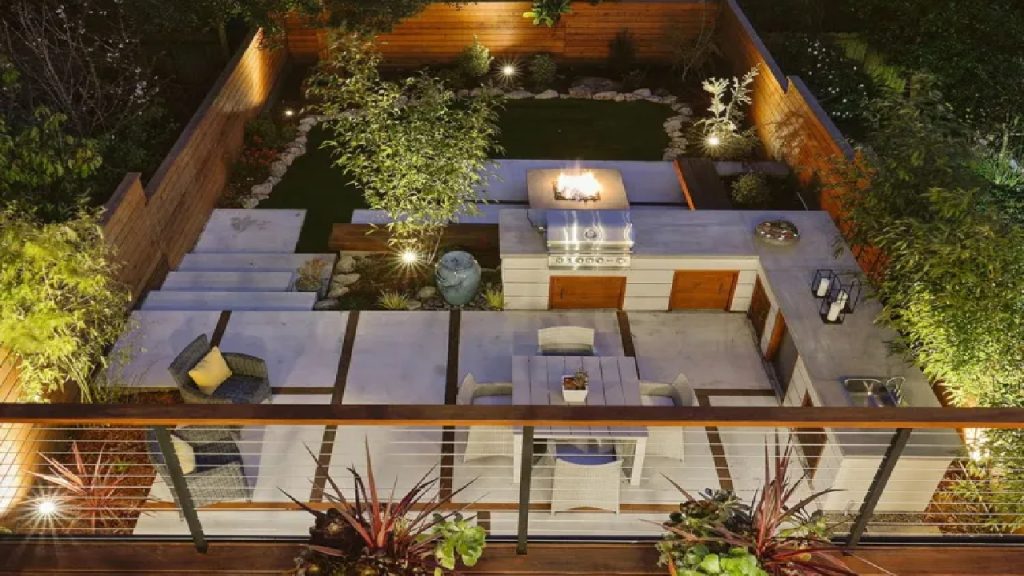
Things you need to know about terrace garden lighting
Which types of lighting do I need?
For gardens, there are many different kinds of lighting options. There are conventional overhead fixtures, wall sconces, pendants, recessed downlights, and spotlights that you can select from.
Typical overhead lighting is put immediately above the plants. Although they don’t produce much heat, they offer enough light for the majority of plants.
Little lamps known as wall sconces dangle above planters. If you don’t want to add overhead lights, these are excellent for tiny spaces.
Larger spaces benefit from pendant lights because they are suspended from the ceiling. There are many different sizes and forms of pendants, which gives you many designing alternatives.
Recessed downlights are made to fit into a hole that has been drilled into a slab of concrete. Large outdoor spaces are best suited for this kind of illumination.
Strong lights called spotlights beam on plants directly. Both indoors and outdoors can make use of spotlights.
How do I choose the optimum lighting setup for my terrace garden?
Then, consider the goals you have for your lighting. Do you want to cast a romantic mood, spotlight a few special plants, or brighten the entire room?
Next, think about how big your terrace garden is. What amount of room does each kind of lighting require? Can you relocate the light fixture without difficulty? Does the lighting have enough space between it and any surrounding walls or fences?
Finally, think about whether you want to utilise LED, fluorescent, or incandescent lights. Each has advantages and disadvantages of its own.
Heat-generating incandescent bulbs have a longer lifespan than other bulb kinds. But, they also produce a lot of energy, therefore they might not be suitable for all terrace gardens. Although they are less expensive and require less upkeep, fluorescent bulbs are less effective than LED lamps.
LED bulbs have a very high energy efficiency and a long lifespan. However they are more expensive than regular bulbs.
Which type of lighting should I pick?
Depending on how you intend to utilise your lighting, yes. Use a pendant or wall sconce to light up the space.
Use a hanging basket or potted plant if you want to draw attention to specific plants.
Use a pendant or a spotlight for a romantic ambiance.
These and other lighting alternatives are available online or at hardware stores.
Open the area up
The scale of the building should be taken into consideration when designing the roof garden. It needs to be big enough to fit all the necessary features.
In the summer, leave the roof garden area open.
Growing plants, flowers, herbs, veggies, fruits, and trees is a terrific idea for a roof garden.
Although there are many different kinds of roof gardens, they are typically found on top of houses.
Roof gardens come in two primary categories
Vertical Roof Gardens: These roof gardens are constructed vertically on a building’s side. It has plants on the walls. This sort of vertical gardening exists. Vertical roofs often have flat, wide surfaces. They require less upkeep than horizontal roofs. They are also simpler to reach.
Horizontal Roof Garden
This design is constructed horizontally along a roof’s edge. Roof gardens of both kind are common. Typically, horizontal roofs have a slope. Plants grow uphill rather than outward on slopes. Crop harvesting is made simpler as a result.
Vertical roof gardens are arguably the simplest choice if you live in a city. But, horizontal roof gardens might be a better option if you reside in a rural location.
How can I pick the ideal style of roof garden for my house?
Make a decision about the type of plants you wish to grow first.
Will you only cultivate certain kinds of plants, such as tomatoes? Alternatively, do you favour cultivating a range of unique plants? The location of your roof garden should then be considered.
Is a patio outside going to be nearby? Towards a window? throughout the building?
Last but not least, take into account how much upkeep you’re willing to provide.
Will watering take up hours of your day? Are you going to self-prune the plants?
Contact a local gardening professional or a landscape designer once you’ve decided on the style of roof garden you want to install.
We can offer advice on how to plan and set up your new roof garden.
Safeguard borders
Before planting anything, you should give the climate where you reside the utmost importance. You need to grow something that can resist heat if you live somewhere hot. For instance, if you reside in a chilly climate, you can cultivate succulents or cacti.
Although terraces are excellent locations for growing food, they can be challenging to maintain. Weeds are kept out of the garden by a hedge along the terrace’s perimeter. A hedge helps prevents erosion and keeps the soil hydrated.
Here are some pointers for trimming a lovely hedge to go around your terrace garden
Choose plants that would survive in terraced gardens
Strawberries, raspberries, blueberries, blackberries, and tomatoes grow nicely on terraced gardens. The terraced walls’ shade allows these plants to flourish. These plants produce fruit that can be gathered all season long as they grow older.
Build a hedgerow by using a variety of shrub and tree species
A hedge made of shrubs acts as a natural barrier to keep weeds out of the garden. Plumbago, honeysuckle and hibiscus are a few bushes that beautify the yard while also provide privacy. Several types of trees provide additional defence against the elements.
Build A Natural Barrier Along Your Terrace Garden’s Boundary
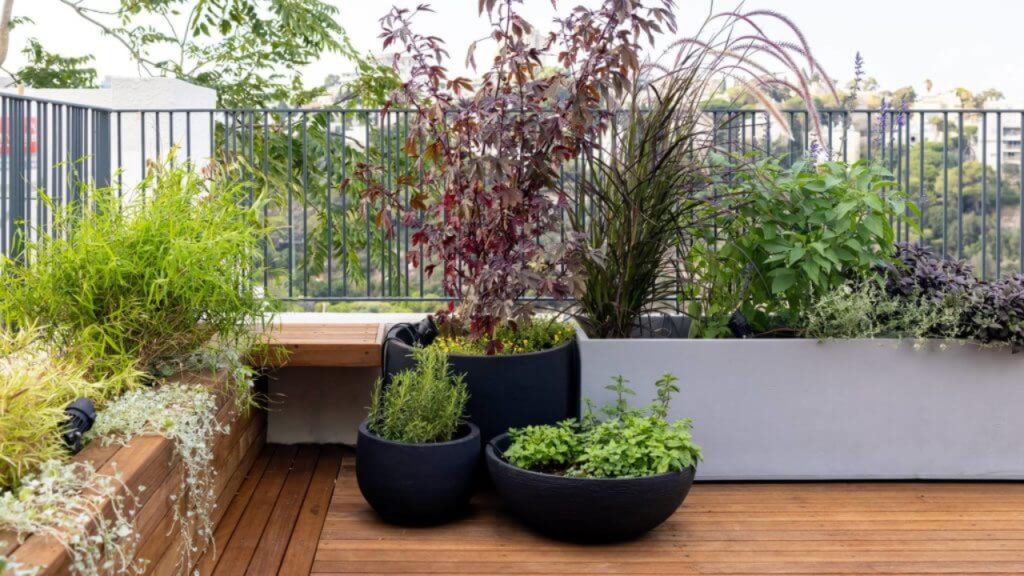
If you live close to a forest, think about edging your garden with trees.
Your garden will have a lovely backdrop thanks to this.
So be cautious to grow the correct kinds of trees for your region’s climate.
Mulch Around Trees To Preserve Moisture
Mulch leaves or straw around the base of your trees to protect the roots.
This lessens the likelihood of waterlogging by keeping the soil moist around the roots.
Pruning Advice
Try to prevent overwatering the garden when watering it.
Mold can develop more easily in overly moist soil.
Root rot and other issues may result from this.
The ideal range for soil moisture is between 50% and 60%.
Maximize vertical space
The most crucial thing to keep in mind is that having a tiny rooftop garden does not preclude you from growing anything. It simply indicates that you should concentrate on your areas of strength. Also, you may always substitute something different if you don’t like it.
The flooring must be beautiful
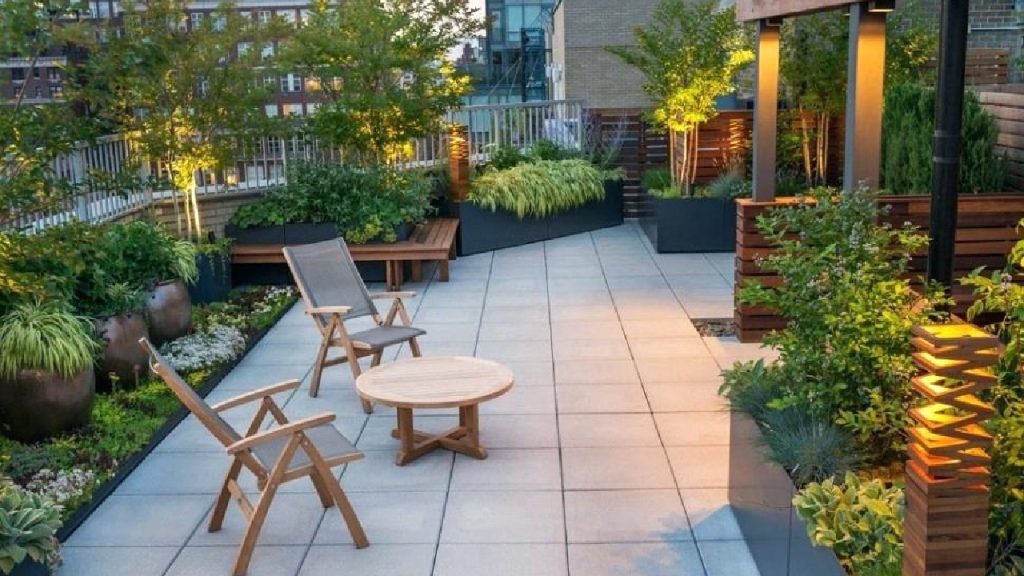
One of the most crucial elements of any room is the floor. All who enter the room should be comfortable, and it should be able to bear wear and tear. Today’s flooring options include hardwood, laminate, tile, carpet, vinyl, and linoleum, among other materials. Each has benefits and drawbacks, yet they are all useful in some way.
The focal point is crucial
It’s crucial to pick a location where others can see you and appreciate your garden. This will encourage them to come to your house frequently.
The shadow is crucial
The light is the key factor! More sunlight is better. But remember to account for the wind as well! To prevent the air from becoming stagnant, ensure that you have adequate ventilation.
High walls are helpful
Although they can be handy for creating indoor gardens, tall walls aren’t usually attractive. They may also obstruct vistas and light. Between three and four feet is the perfect height for a tall wall (1–1.2 m).
A garden like space
A rooftop garden is a great spot to unwind and breathe in some fresh air. Herbs, vegetable, flowers, fruits, and even trees can be grown there. Parties, barbecues, picnics, adn even weddings can be held there.
Terrace gardening benefits
A terrace garden has several benefits, one of which is the year-round ability to cultivate attractive and green things. Also, it’s a cost-effective method to add some greenery to your house. You can designate a place where you can escape the hustle and bustle of city life and the concrete jungle.
Reduced Carbon Footprint
Energy consumption reduction is the first step in lowering carbon footprint. LED and CFL bulbs, as well as solar electricity, can be used for this.
Improving Your Home’s Appearance and Comfort
It’s crucial to give your home some aesthetic appeal, but it shouldn’t break the bank. You can use these suggestions, which include using organic materials like wood, stone, and concrete, for this goal.
Keeps the interiors comfortable and cool
Maintaining a comfortable and cool interior is always preferable. You may take advantage of the fresh air while reducing your energy costs in this way.
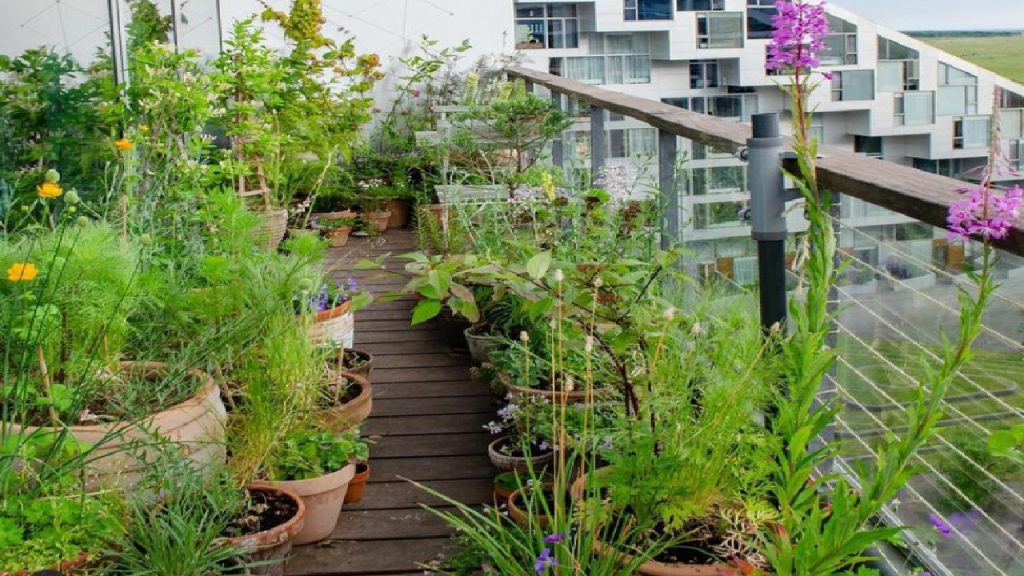
Rooftop garden require a lot of maintenance. They need regular watering and care. Morovere they cannot be used during winter.
Tips on maintaining terrace garden
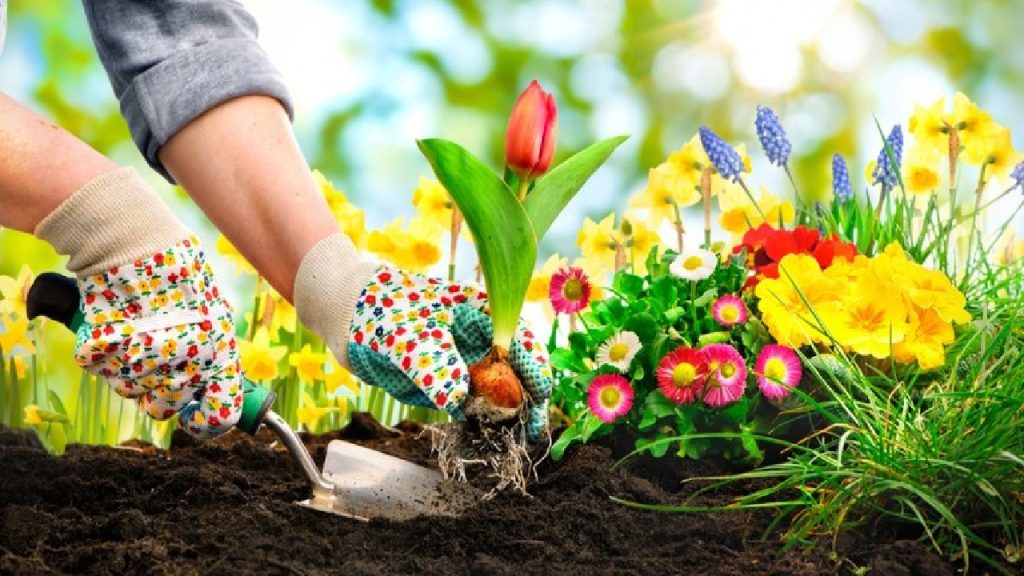
Produce organically
One of the most fulfilling experiences you can have is growing organic food. Growing your own food is simple, and the benefits are numerous. There is something for everyone, from flavorful fruits and veggies to fresh herbs.
Using soil and fertiliser in a terrace garden
Rich and well-drained soil is ideal. It should have a sufficient amount of organic matter to prevent rapid drying. About 6.5 should be the pH value. It is recommended to apply fertiliser at least once every two weeks.
Drainage and waterproofing
To prevent water from leaking into the house, the roof needs to be waterproofed. Using a waterproofed. Using a waterproof membrane does this. Because sufficient ventilation helps avoid condensation, its crucial to make sure the roof has it.
Gardening in containers on the terrace
You can produce veggies in a method that is easy for you by planting pots on the terrace. There are no pests or diseases to worry about, and it is simple to irrigate and harvest.
Terrace garden plants
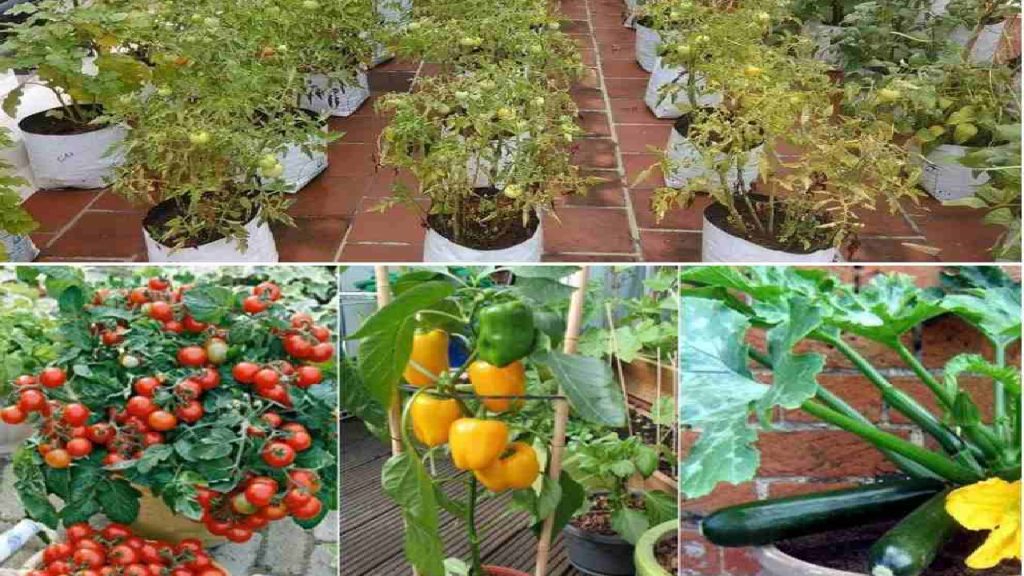
Safety is the most crucial factor to take into account before planting anything. Make sure you are aware of the type of plant you intend to cultivate and whether it is appropriate for your region. Be cautious for how much sunlight they get as well. While some plants enjoy the sun, others don’t at all.
Plant diversity
A wide diversity of plants should be included in your garden. This will allow you to experience various hues, textures, and scents all year round.
The plants listed below are suitable for growing in Indian gardens. These plants are appropriate for balcony and terrace gardens. They don’t have any diseases or pests, are readily available, and need no upkeep.
Aloe vera
A succulent plant that thrives in hot regions is aloe vera. Low water and sunlight are necessary. Due to its medicinal qualities, this plant is utilised in conventional medicine. Aloe vera can be grown both indoors and outdoors. Typically, it is grown in pots.
Basil
The herb basil is used to flavour a variety of foods. It is one of the most widely utilised herbs and is abundantly cultivated throughout India. Basil is simple to cultivate and needs little maintenance. It can be cultivated in pots because it is a perennial plant.
Bitter gourd
A vegetable in the cucumber family is the bitter gourd. It is indigenous to Asia’s tropics. Bitter gourds are used in India raw, cooked, pickled, and dried. They include significant amounts of vitamin C, folate, calcium, potassium, iron, fibre, and antioxidants.
Bottle gourd
Large fruits are produced by the annual vine known as the bottle gourd. The fruit bears seeds and a thick skin. It is also referred to as bottle melon and is eaten as a vegetable. It is a typical component of curries, chutneys, and other Indian foods.
Carrot
A root vegetable with European and Asian origins is the carrot. Also known as Queen Anne’s lace. Beta-carotene, vitamins A and C, folic acid, dietary fibre, manganese, magnesium, phosphorus, potassium, copper, and zinc can all be found in carrots.
Cinnamon
The bark of cinnamon trees is used to make the spice cinnamon. It is employed to flavour both food and beverages. Cinnamon is also utilized in cosmetics, pharmaceuticals, and fragrances. It is indigenous to Mexico, Sri Lanka, Indonesia, China, India, and Madagascar.
Coriander
As a member of the cilantro family, coriander is a fragrant herb. It is indigenous to tropical parts of South America, Asia, and Africa. The leaves of coriander are used as a garnish, seasoning, and digestive aid. Cooking is another use for it.
Dill
Dill is a blooming plant from the same family as carrots. It is indigenous to Asia, Europe, and North America. Salads, soups, stews, sauces, breads, and condiments all contain dill. Moreover, it is utilised as a herbal treatment for unsettled stomachs.
Eggplant
Eggplants come in a variety of sizes, including small, medium, and giant. Because they include vitamins and minerals like potassium, phosphorus, and iron as well as nutrients like Vitamin K, thiamine, niacin, pantothenic acid, and biotin, eggplants are classified as vegetables.
Garlic
Garlic is a bulbous plant that belongs to the lily family. It is indigenous to every continent. Both a flavour and a preservative, garlic is employed. Moreover, it has medical uses.
Ginger
Ginger is a member of the Zingiberaceae family and is a rhizome. It is primarily indigenous to Australia and Southeast Asia. Both a spice and a culinary herb, ginger is utilised.
Bamboo
One of the simplest plants to grow indoors is bamboo. It has a long history of use as a plant for creating paper, furniture, and other building materials. This plant’s leaves are palatable and have a light flavour. It expands swiftly and has a 10-foot height limit.
Indian flowering plants provide lovely and practical additions to gardens. They spruce up and scent up your garden. These flowering plants are suitable for your terrace garden.
Use tyres to decorate the rooftop garden
One of the simplest ways to spruce up your roof gardening is to use tyres. They give your garden a distinctive appearance. These can be put just about anyplace in your garden. Simply keep them away from any sources of water.
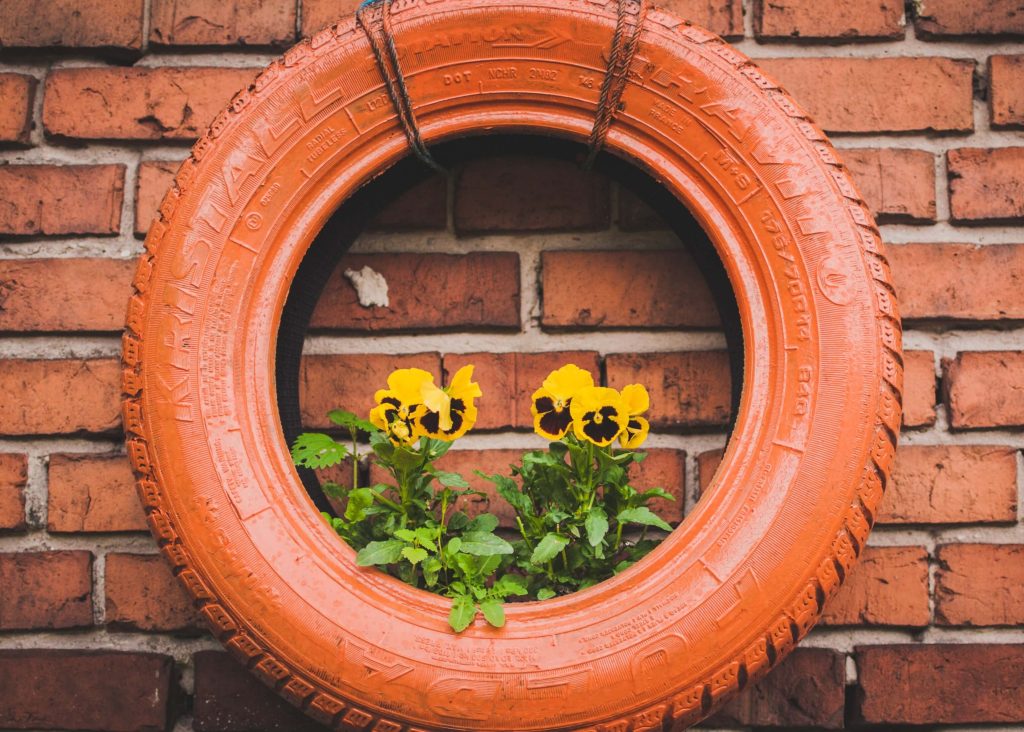
The Bonsai Rooftop Garden
One of the most well-liked themes among gardeners is the bonsai motif. It provides the garden a natural appearance. This theme comprises little trees that thrive in containers. They require little upkeep and are simple to care for.
One of the most exquisite flowering trees is the Indian bonsai tree. They are indigenous to China and India. Terrace gardens are ideal for growing these plants.

They need moist soil and direct sunlight.
The various kinds of Indian bonsai plants that you can grow in your yard are listed below.
- Bonsai Tree – A plant of this kind develops into a miniature tree.
- Dwarf Bonsai – This kind of plant is little in comparison to the first kind.
- Flower Bonsai – A flowering bonsai is a plant that bears flowers.
- Japanese Bonsai – This plant resembles the first kind in appearance.
- Chinese Bonsai – This plant species is indigenous to China.
- Evergreen Bonsai – Another kind of plant that stays green all year long.
- Semi-evergreen Bonsai – Similar to evergreen bonsai
- Deciduous Bonsai – In the winter, this tree loses its leaves.
- Hybrid Bonsai – This plant hybrid includes traits from two separate plant species.
- Perennial Bonsai – This resilient perennial shrub requires little upkeep.
- Succulent Bonsai – The roots and stems of this succulent plant are substantial.
- Umbrella Bonsai – This plant has broad leaves and is formed like an umbrella.
Follow and Connect with us: Twitter, Facebook, Linkedin, Instagram








